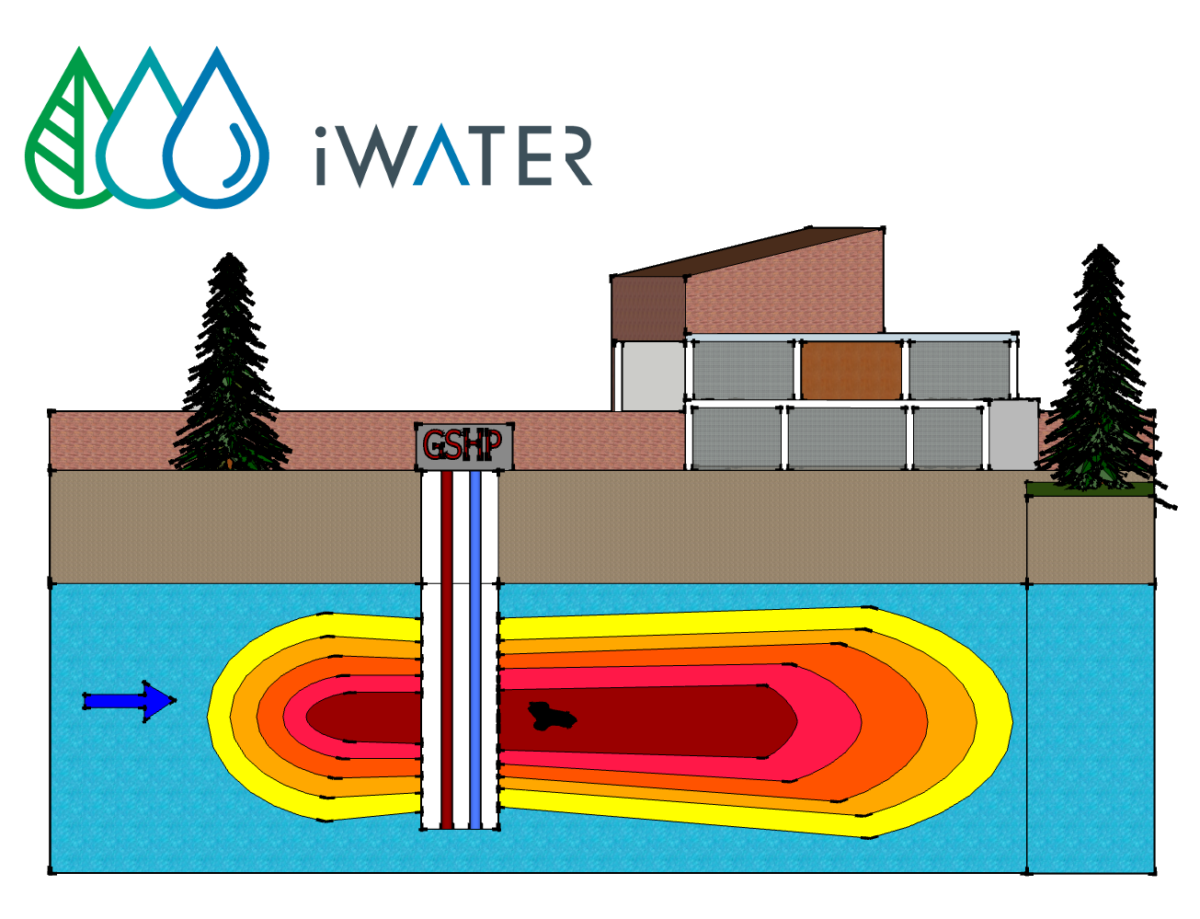Multiplexing of Ground Source Heat Pumps for Heating and Environmental Clean-up
Tags:
Geothermal systems are an environmentally friendly method of providing renewable heating and cooling to buildings when compared to traditional methods which use hydro or gas. These systems, which are commonly referenced as ‘ground source heat pumps’, are a fast-growing renewable energy technology that use the constant temperature of the ground for heat exchange. Now, the potential of these systems is being explored beyond heating and cooling.
Magdalena Krol, associate professor in the Civil Engineering department at the Lassonde School of Engineering, has found that the heat generated from ground pumps can enhance the removal of toxic compounds from contaminated soil and groundwater. She has been able to demonstrate that geothermal systems can aid in the biodegradation of common spill chemicals such as benzene or toluene.


Due to the prevalence of toxic compounds in urban settings (dry cleaners and gas stations are two common examples), the amount of contaminated soil and groundwater in urban settings is quite high. Civil, environmental or remediation engineers are usually responsible for the cleanup of these sites. Professor Krol, who worked in industry as a remediation engineer before coming to Lassonde, is one of the first to show the potential of combining geothermal heating systems with contaminated sites and bioremediation. The results of this study, “Applicability of ground source heat pumps as a bioremediation-enhancing technology for monoaromatic hydrocarbon contaminants” were recently published in the prestigious journal, Science of the Total Environment.
Ground source heat pumps utilize piping loops in the ground, which are filled with water and antifreeze, and a heat exchanger to heat or cool a house or building using the constant temperature of the ground as a heat sink or source. However, the resulting technology can raise the ground temperature, especially in the summer when the heat from the building is injected into the ground. Normally the subsurface is around 10 to 15 °C but this can be raised up to 20 to 25 °C, depending on climate conditions, building loads and hydrogeological characteristics.

There has been much debate regarding the long-term effects of increasing the ground temperature, especially as commercial sectors and institutions move to install massive geothermal systems. While studies have examined geothermal processes and thermal bioremediation separately, the linkage has not been thoroughly investigated. However, it is well known that bioremediation efficiency could be increased with increased temperatures especially for certain compounds. As such, Professor Krol’s solution to harness the external heat from geothermal systems as a bioremediation strategy is both unique and ingenious.
Professor Krol’s idea, which was funded through the NSERC Discovery Grant program, was to first determine the applicability of this “Geothermal Remediation” system using a finite-element computer simulation model, FEFLOW. She and former graduate student on the publication, Iman Roohidehkordi, set up a geothermal system that would be capable of heating or cooling a typical office building in Toronto. Using climatic data from Toronto and estimating the amount of thermal energy that would be used in a building annually, Krol and Roohidehkordi were able to create an energy load profile of the building. The heat that is injected into the ground in the summer, was then shown to accelerate biodegradation which would degrade the compounds resulting in end-products that are not toxic to the environment. Roohidehkordi is now working as a geothermal designer due to the experience gained working on this project.
Going forward, Professor Krol wants to investigate the effects of geothermal systems on a wide variety of contaminants beyond common ones such as benzene and toluene. She is also working, in conjunction with Professor Satinder Brar, to experimentally validate parameters utilized in the model that she has created. Together the experimental parameters and characterization with different contaminants, Professor Krol aims to create a thorough system that encompasses geothermal systems and bioremediation.
About the iWater Lab
The innovative Water Technology and Energy Research (iWaTER) lab at York University focuses on developing innovative technologies in the areas of (i) renewable energies, (ii) smart wastewater technologies, and (iii) sustainable site remediation. The overall vision for the iWaTER laboratory is to become Canada’s leader in research into water technologies spanning different sub-disciplines including wastewater, drinking water, groundwater and surface water research. Learn more about the iWater Lab.